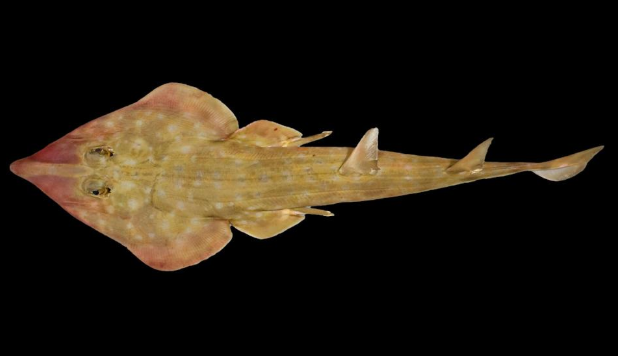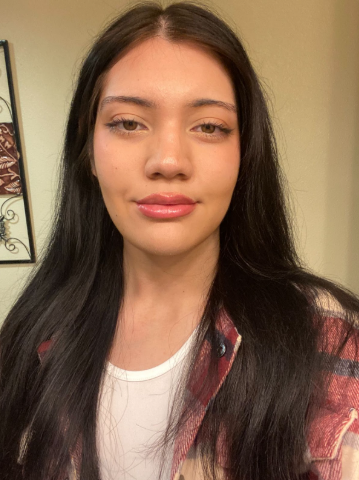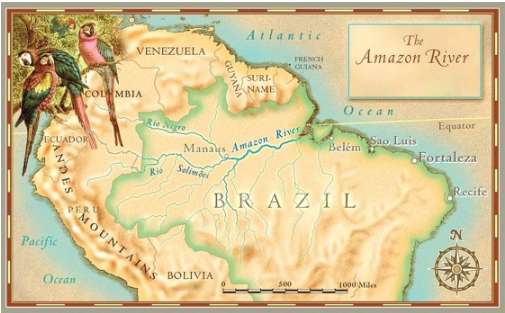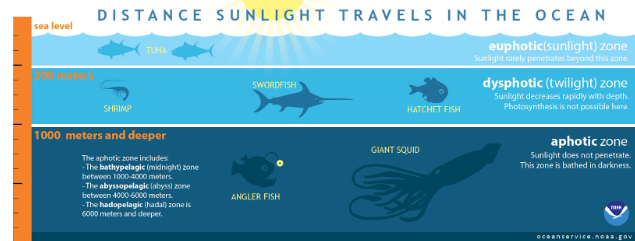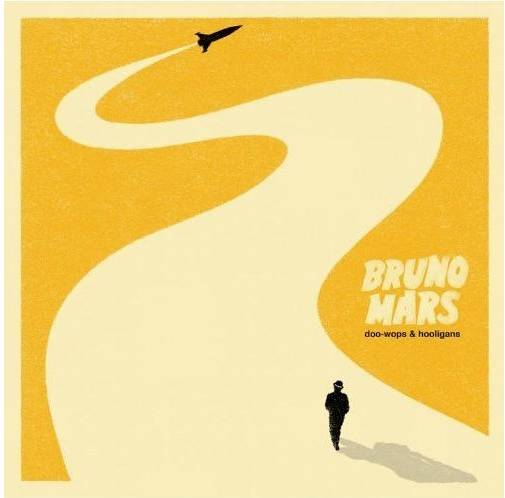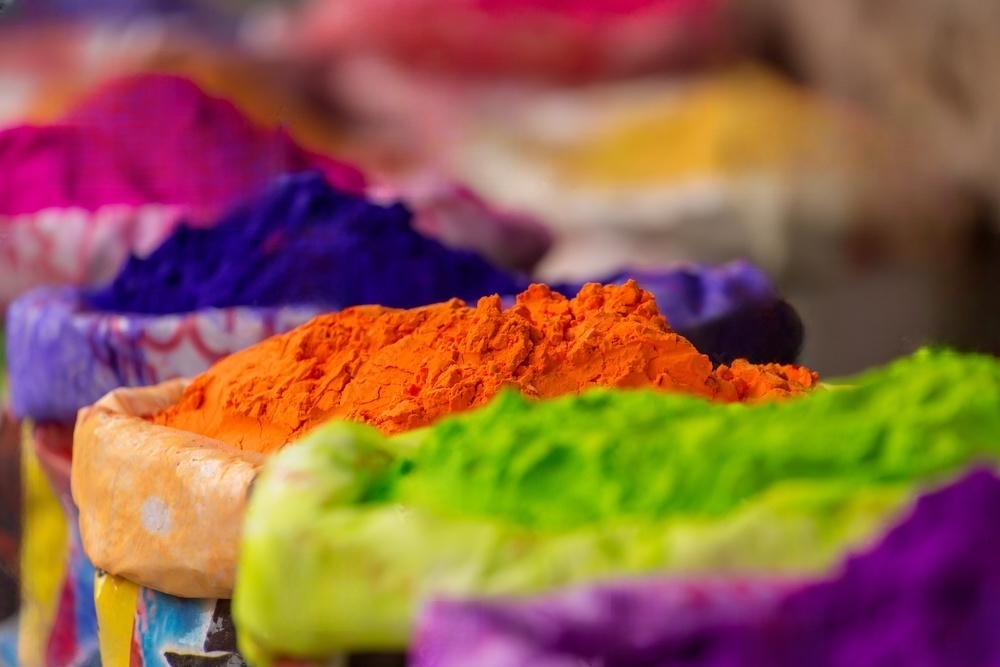When people think of the oldest creatures on Earth, they immediately think of dinosaurs. However, the oldest species on Earth are jellyfish, the squishy stingers of the sea. Not only are jellyfish over 600 million years old, but they are also some of the most interesting life forms to ever dwell in the ocean for several reasons. The most intriguing species of jellyfish by far are the aurelia aurita, also known as moon jellyfish or moon jellies.
Moon jellyfish reside between the epipelagic zone of the ocean, the upper part of the ocean that allows photosynthesis, and the mesopelagic zone, which can go up to 3,000 feet in depth. They’re found in seas all along the world’s coast, but can mainly be found washed up on shore in the United Kingdom. Moon jellies live in water temperatures ranging from 43 to 88 degrees °F but thrive in 48 to 66 degrees °F. These creatures thrive in areas where the dissolved oxygen level is low because other major fish predators do not have a high tolerance for it, unlike the moon jellies. This results in the feeding and predatory performance of these fish to decrease. Because of the low competition for the moon jellyfish, they have an advantage in their growth, survival, and feeding.
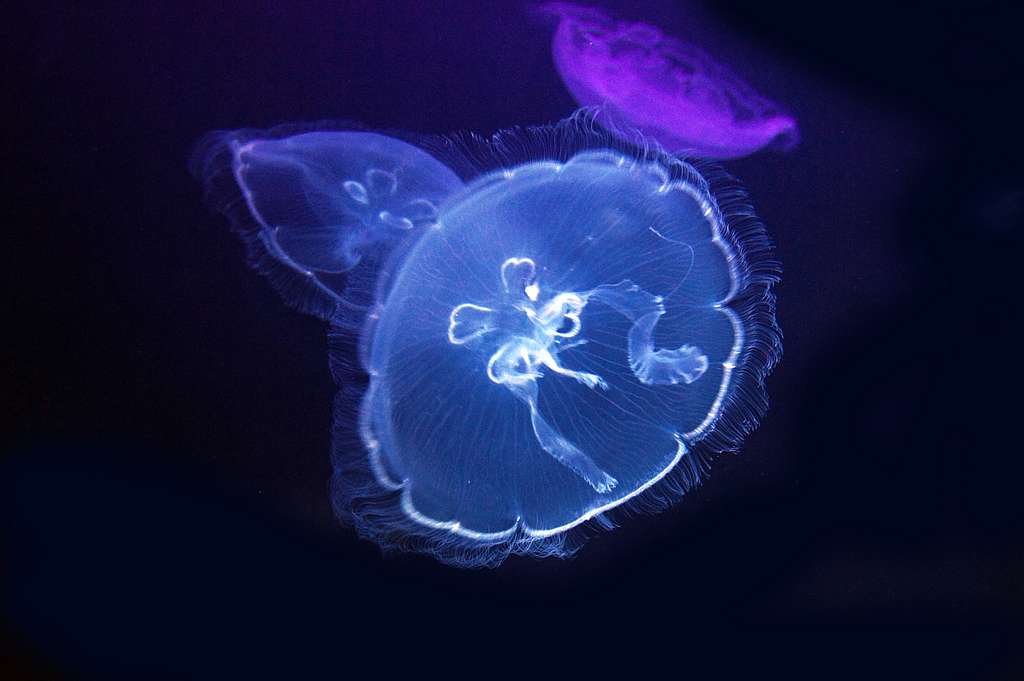
The anatomy of the moon jellyfish is even more interesting than its mannerisms. They have a plump, translucent sac and short tentacles that resemble flames. These creatures also have a unique petal-like pattern at the top of their sacs, which makes them akin to a four-leaf clover. Although the moon jellies are clear, they commonly have a pink or blue tint that glows in the darkness of the ocean. Moon jellies won’t grow any longer than a bowling pin, ranging from 2 to 15 inches in diameter. Their luminous bodies and petite frame make them more unique from other jellyfish. These simple critters don’t need a vivid color pattern or long, flowy tentacles to be beautiful.
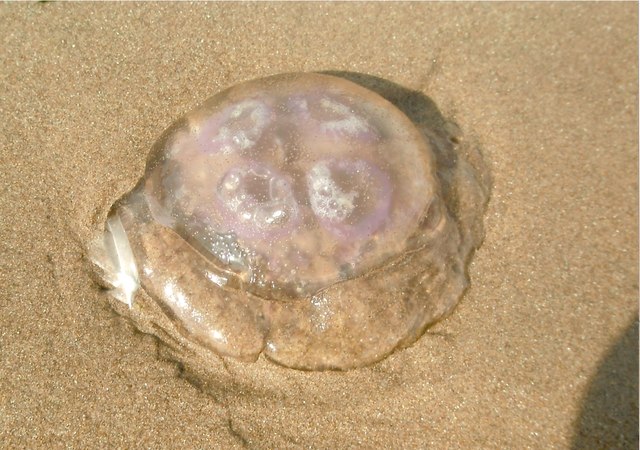
Moon jellies are almost completely harmless to humans. They’re not strong enough to seriously damage the human skin. Their sting is mild and will only be felt for a little. Despite the slightly irritating feel, it can usually be treated rapidly and effectively simply by rinsing it with seawater. You could also tend to it by making a paste using seawater and baking soda and then applying it to the affected area. With this being said, they are also among the least harmful jellyfish species. They may not be suitable for petting and holding, but at least you can admire them instead of swimming away when you see them.
To sum it all up, the aurelia aurita is an appealing and alluring sea creature. They’re peaceful beings that have been around for millions of years. These squishy floaters are harmless and not at all hostile toward humans or each other. Moon jellyfish deserve to be recognized as some of the most beautiful animals in the sea.



